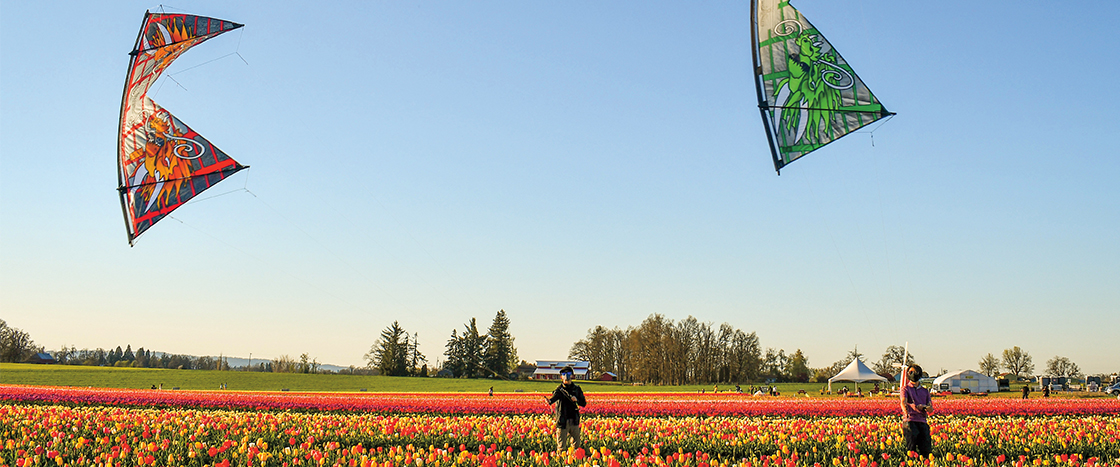Dylan Nguyen (WEN) says his love for flying kites came from his mom, PV. She used to make her own kites from bamboo sticks and newspaper when she was a kid growing up in Vietnam.
Today, Dylan, 17, his brother Cardin, 14, and their mom and dad live in West Linn, Oregon. They all fly kites together. Dylan says he’s been flying them since before he could walk. But when he turned 7, he decided to take his hobby to new heights.
Dylan Nguyen (WEN) says his love for flying kites came from his mom. His mom’s name is PV. She used to make her own kites from bamboo sticks and newspaper when she was a kid. PV grew up in Vietnam.
Dylan is 17 years old. He lives in West Linn, Oregon, with his 14-year-old brother Cardin and their mom and dad. The family flies kites together. Dylan says he’s been flying kites since before he could walk. But he decided to do more with kites than just fly them.

